Home>Gardening & Outdoor>Landscaping Ideas>How To Say “Cut The Grass” In Spanish
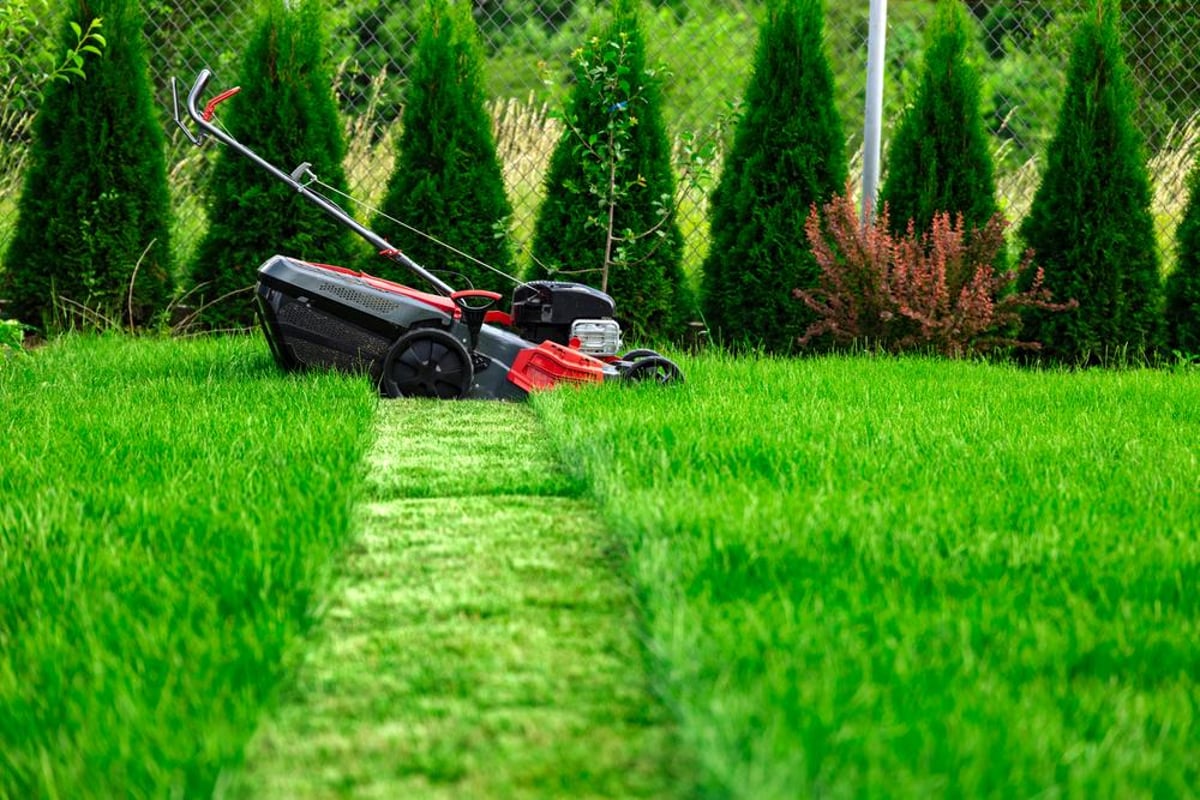

Landscaping Ideas
How To Say “Cut The Grass” In Spanish
Modified: August 17, 2024
Learn how to say "cut the grass" in Spanish and explore landscaping ideas in this comprehensive guide. Master the language and elevate your outdoor space!
(Many of the links in this article redirect to a specific reviewed product. Your purchase of these products through affiliate links helps to generate commission for Storables.com, at no extra cost. Learn more)
Introduction
Landscaping and lawn care are essential aspects of maintaining an attractive and functional outdoor space. One of the most common tasks in lawn care is cutting the grass, which not only enhances the visual appeal of the landscape but also promotes the health of the lawn. In this article, we will explore the phrase "Cut the Grass" and its translation into Spanish, along with common phrases related to lawn care in Spanish-speaking regions. Whether you are a landscaping enthusiast, a homeowner looking to communicate with Spanish-speaking gardeners, or simply interested in expanding your language skills, this article will provide valuable insights into expressing this fundamental task in Spanish. So, let's dive into the world of landscaping and language as we uncover how to say "Cut the Grass" in Spanish and explore related phrases in the realm of lawn care.
Key Takeaways:
- “Cut the Grass” in Spanish
In Spanish, “Cut the Grass” is “Cortar el césped.” It’s important for communication and helps maintain healthy, beautiful outdoor spaces. - Common Lawn Care Phrases in Spanish
Other important phrases in Spanish include “Prune the bushes,” “Water the plants,” “Fertilize the soil,” “Remove the weeds,” and “Take care of the lawn.” Learning these phrases fosters inclusivity and shared knowledge.
Read more: How To Say Screwdriver In Spanish
Understanding the phrase “Cut the Grass”
Before delving into the translation of “Cut the Grass” into Spanish, it’s important to understand the significance of this phrase in the realm of landscaping and lawn maintenance. “Cutting the grass” refers to the act of trimming the vegetation in a lawn or yard to a uniform height, typically using a lawnmower or other specialized equipment. This practice not only contributes to the aesthetic appeal of the outdoor space but also facilitates healthier and more robust growth of the grass.
Regularly cutting the grass helps prevent it from becoming overgrown, which can lead to an unkempt appearance and create an environment conducive to pests and diseases. Additionally, maintaining an appropriate grass height promotes even growth and allows for better absorption of sunlight, air, and nutrients, thereby supporting the overall well-being of the lawn.
Furthermore, cutting the grass is often part of a comprehensive lawn care routine that includes tasks such as watering, fertilizing, and aerating. By keeping the grass at an optimal length, homeowners and landscapers can create a lush, inviting outdoor space that serves as a backdrop for various activities and gatherings.
Understanding the importance of cutting the grass underscores the significance of accurately conveying this concept in different languages, particularly in multicultural and multilingual communities. By being able to communicate about lawn care in various languages, individuals can effectively collaborate with others and exchange valuable knowledge and practices related to landscaping and gardening.
Translating “Cut the Grass” into Spanish
When it comes to expressing the concept of “Cut the Grass” in Spanish, the translation involves capturing the essence of the task while effectively communicating the idea to Spanish speakers. The phrase “Cut the Grass” can be translated into Spanish as “Cortar el césped.” This straightforward translation encapsulates the action of trimming the grass to maintain a tidy and well-kept lawn or outdoor area.
The Spanish phrase “Cortar el césped” is commonly used in Spanish-speaking regions to convey the act of cutting or mowing the grass. It effectively encapsulates the essential task of maintaining a healthy and visually appealing lawn, reflecting the universal nature of lawn care practices across different cultures and languages.
Understanding the translation of “Cut the Grass” into Spanish is valuable for individuals seeking to communicate about lawn care with Spanish speakers, whether in a professional landscaping context or within a diverse community. By being able to articulate this fundamental task in Spanish, individuals can facilitate clear and effective communication while sharing knowledge and expertise related to landscaping and outdoor maintenance.
Moreover, having the ability to express “Cut the Grass” in Spanish fosters inclusivity and collaboration, enabling individuals from different linguistic backgrounds to engage in meaningful discussions about lawn care and landscaping practices. This linguistic inclusivity contributes to the exchange of ideas and techniques, ultimately enriching the collective understanding of effective lawn maintenance and enhancing the beauty of outdoor spaces in multicultural settings.
To say “cut the grass” in Spanish, you would say “cortar el césped.” The word “cortar” means “to cut” and “césped” means “grass.” So, “cortar el césped” is the phrase you would use.
Common Phrases Related to Lawn Care in Spanish
Expanding beyond the basic translation of “Cut the Grass,” it is beneficial to explore additional phrases and terminology related to lawn care in Spanish-speaking communities. Effective communication about lawn maintenance involves conveying various tasks and concepts associated with preserving a healthy and vibrant outdoor environment. Here are some common phrases related to lawn care in Spanish:
- Podar los arbustos: This phrase translates to “Prune the bushes” and pertains to the practice of trimming and shaping shrubbery to maintain its health and appearance.
- Regar las plantas: Meaning “Water the plants,” this phrase is essential for conveying the importance of proper hydration for various flora in a garden or landscape.
- Abonar el suelo: Translating to “Fertilize the soil,” this phrase emphasizes the significance of enriching the soil with nutrients to promote robust plant growth.
- Eliminar las malas hierbas: This phrase means “Remove the weeds” and is crucial for addressing the task of eradicating unwanted vegetation that competes with desirable plants.
- Cuidar el césped: Translating to “Take care of the lawn,” this phrase encompasses the comprehensive maintenance and nurturing of the grassy area, including mowing, watering, and addressing any issues that may arise.
These phrases not only facilitate effective communication about lawn care tasks but also contribute to a holistic understanding of landscaping and gardening practices in Spanish-speaking regions. By incorporating these phrases into conversations and instructions, individuals can convey the nuances of maintaining outdoor spaces and fostering healthy, thriving landscapes.
Moreover, being familiar with these common phrases in Spanish enables individuals to engage in meaningful discussions and collaborations with Spanish speakers, fostering a sense of community and shared knowledge in the realm of landscaping and outdoor maintenance.
Conclusion
As we conclude our exploration of expressing “Cut the Grass” in Spanish and delving into related phrases in the realm of lawn care, it becomes evident that effective communication about landscaping and outdoor maintenance transcends linguistic boundaries. By understanding the translation of essential tasks and concepts into Spanish, individuals can engage in meaningful dialogues and collaborations, fostering inclusivity and shared knowledge in multicultural settings.
From “Cortar el césped” to phrases such as “Podar los arbustos,” “Regar las plantas,” “Abonar el suelo,” “Eliminar las malas hierbas,” and “Cuidar el césped,” the Spanish language offers a rich vocabulary for articulating the intricacies of lawn care and gardening. This linguistic diversity not only facilitates clear communication but also enriches the exchange of ideas and practices, ultimately contributing to the collective understanding of maintaining vibrant and healthy outdoor spaces.
Whether you are a landscaping enthusiast, a homeowner seeking to engage with Spanish-speaking gardeners, or an individual passionate about language and culture, the ability to express lawn care concepts in Spanish opens doors to collaboration, learning, and appreciation of diverse approaches to outdoor maintenance.
By embracing linguistic inclusivity and expanding our language skills to encompass the nuances of landscaping and gardening in Spanish, we can cultivate a sense of community and shared stewardship of the natural environment. As we continue to explore the intersection of language and landscaping, let us celebrate the beauty of multilingual communication and the collective effort to create and maintain stunning outdoor spaces around the world.
Now that you've mastered saying "cut the grass" in Spanish, why stop there? Extend your linguistic prowess to other aspects of outdoor and home care. For those who adore crafting a perfect garden boundary, our guide on garden fence ideas offers creative and stylish fence ideas that are sure to inspire. Meanwhile, for homeowners seeking practical advice, our article on essential home maintenance tips provides essential tips on keeping your residence in top shape. Dive into these resources to ensure your space isn't just well-maintained but also beautifully encased.
Frequently Asked Questions about How To Say "Cut The Grass" In Spanish
Was this page helpful?
At Storables.com, we guarantee accurate and reliable information. Our content, validated by Expert Board Contributors, is crafted following stringent Editorial Policies. We're committed to providing you with well-researched, expert-backed insights for all your informational needs.

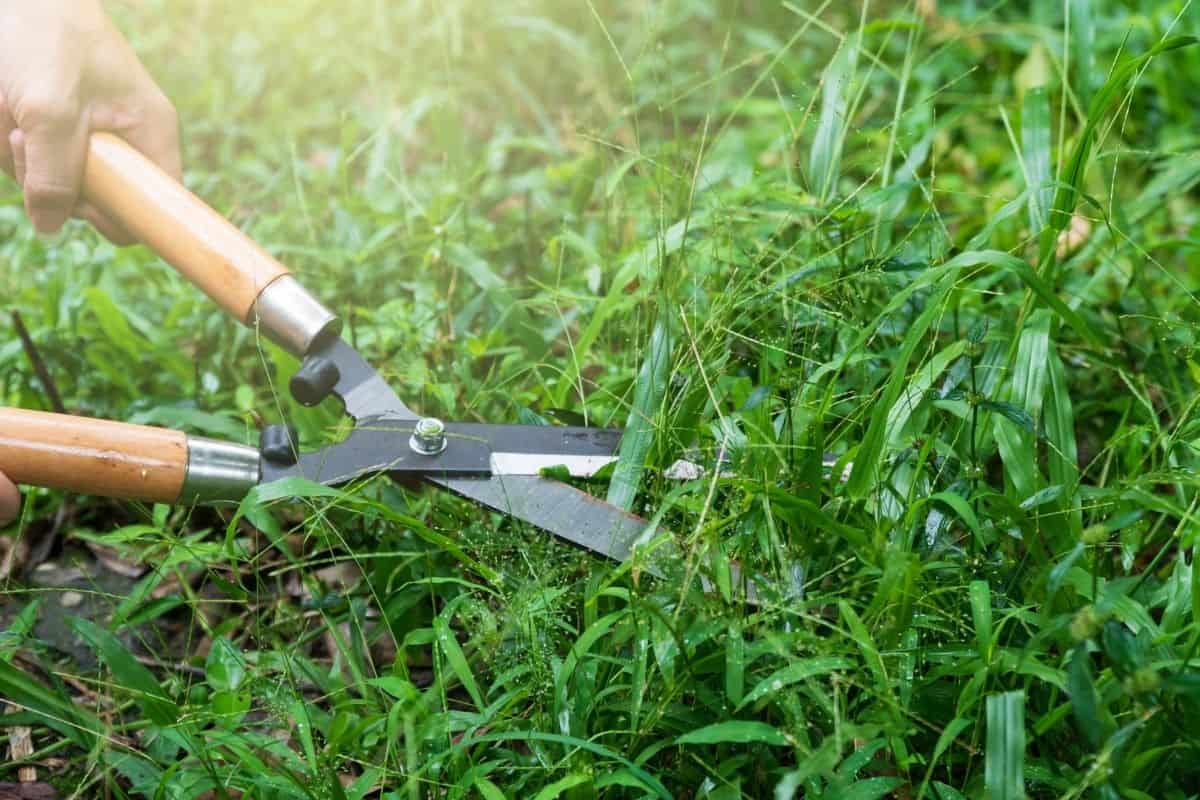
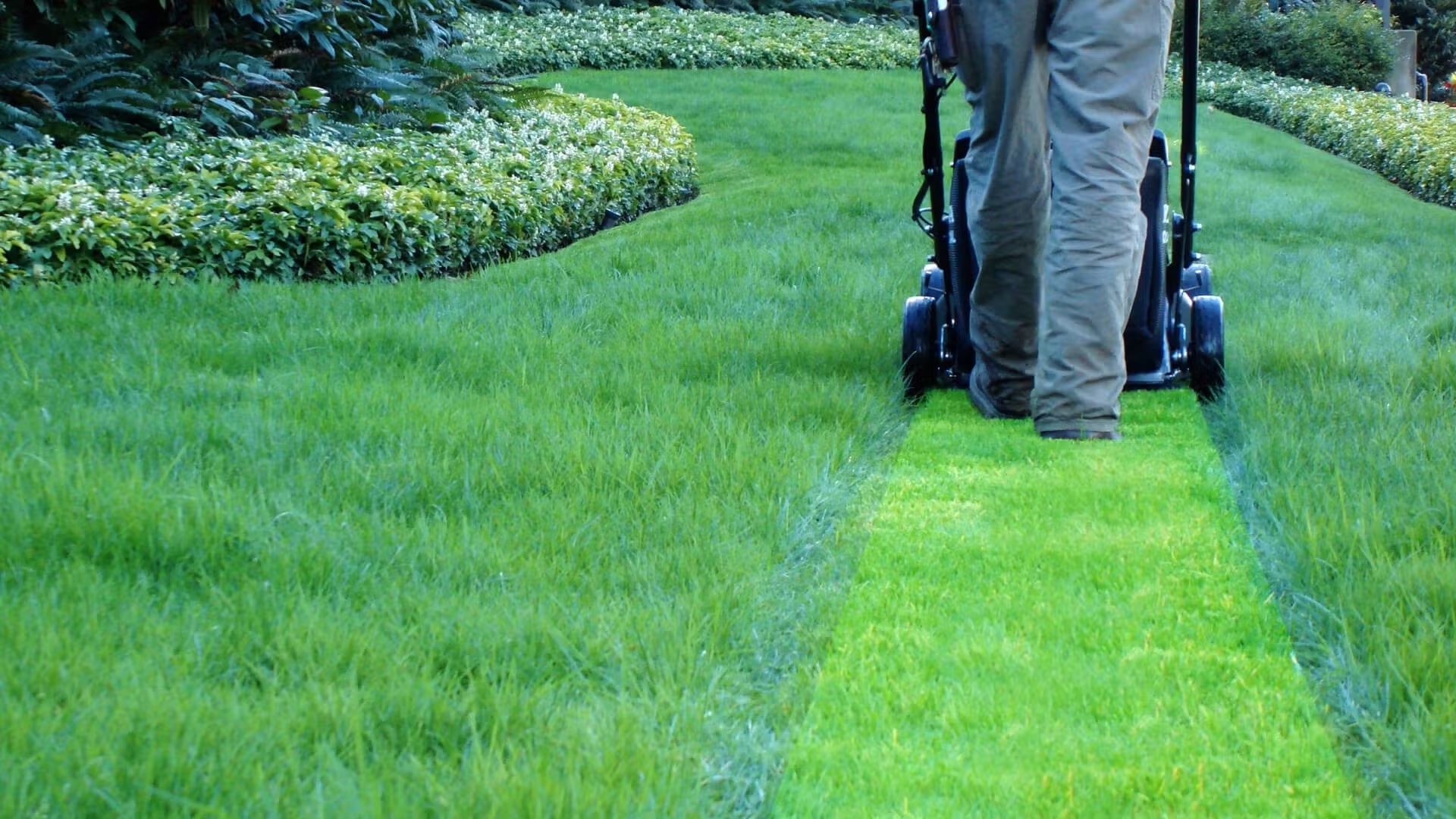

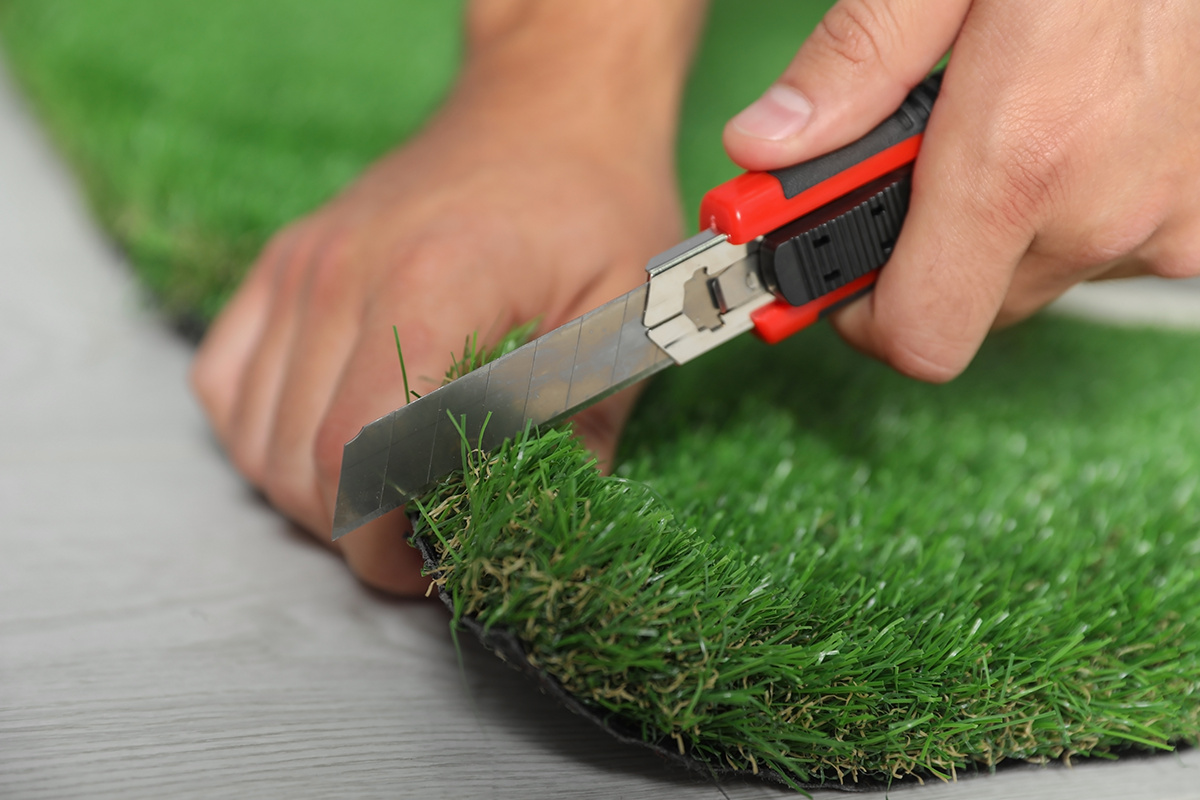
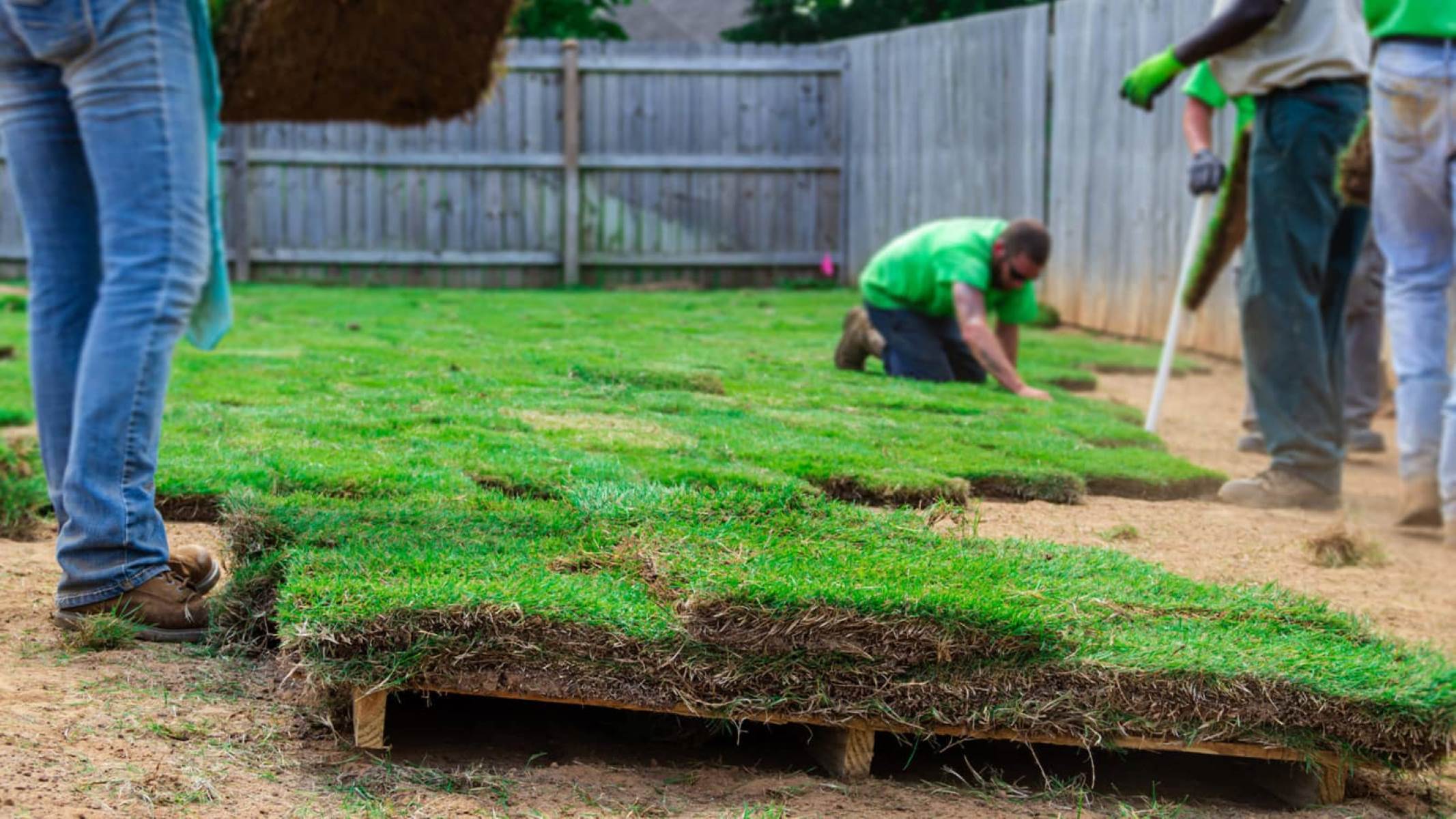
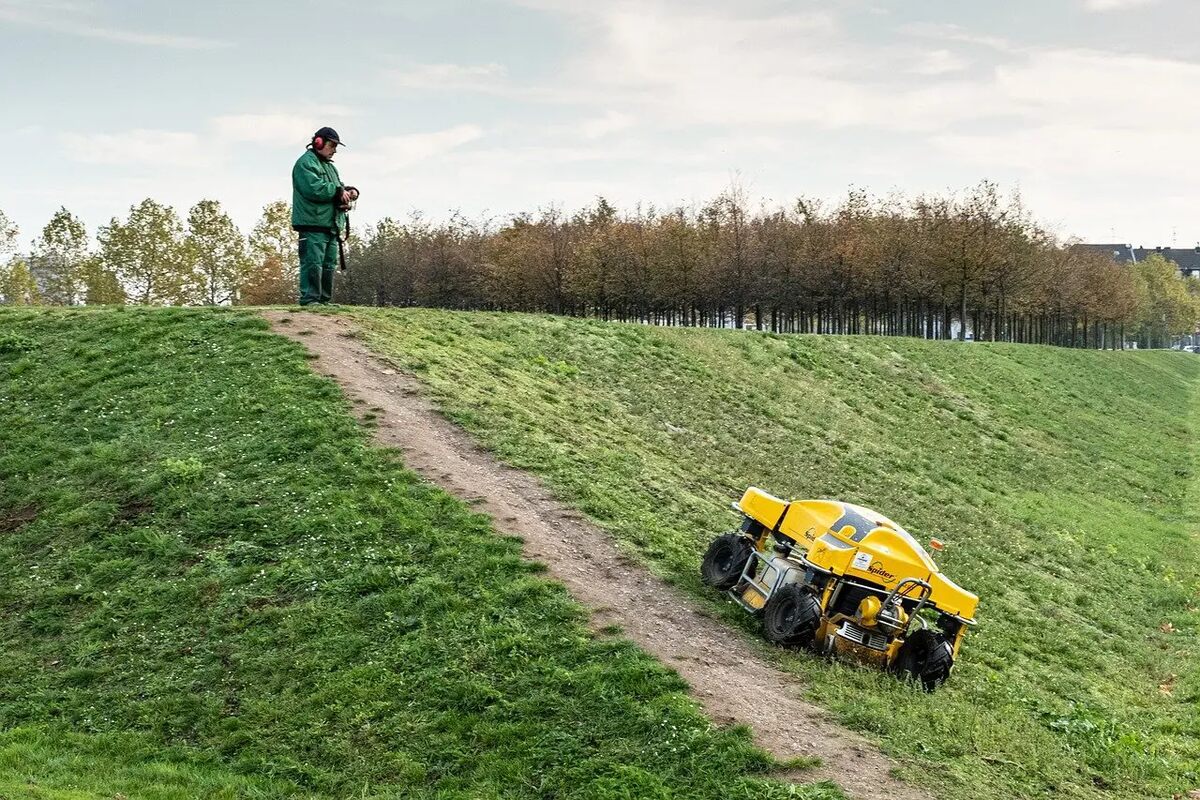
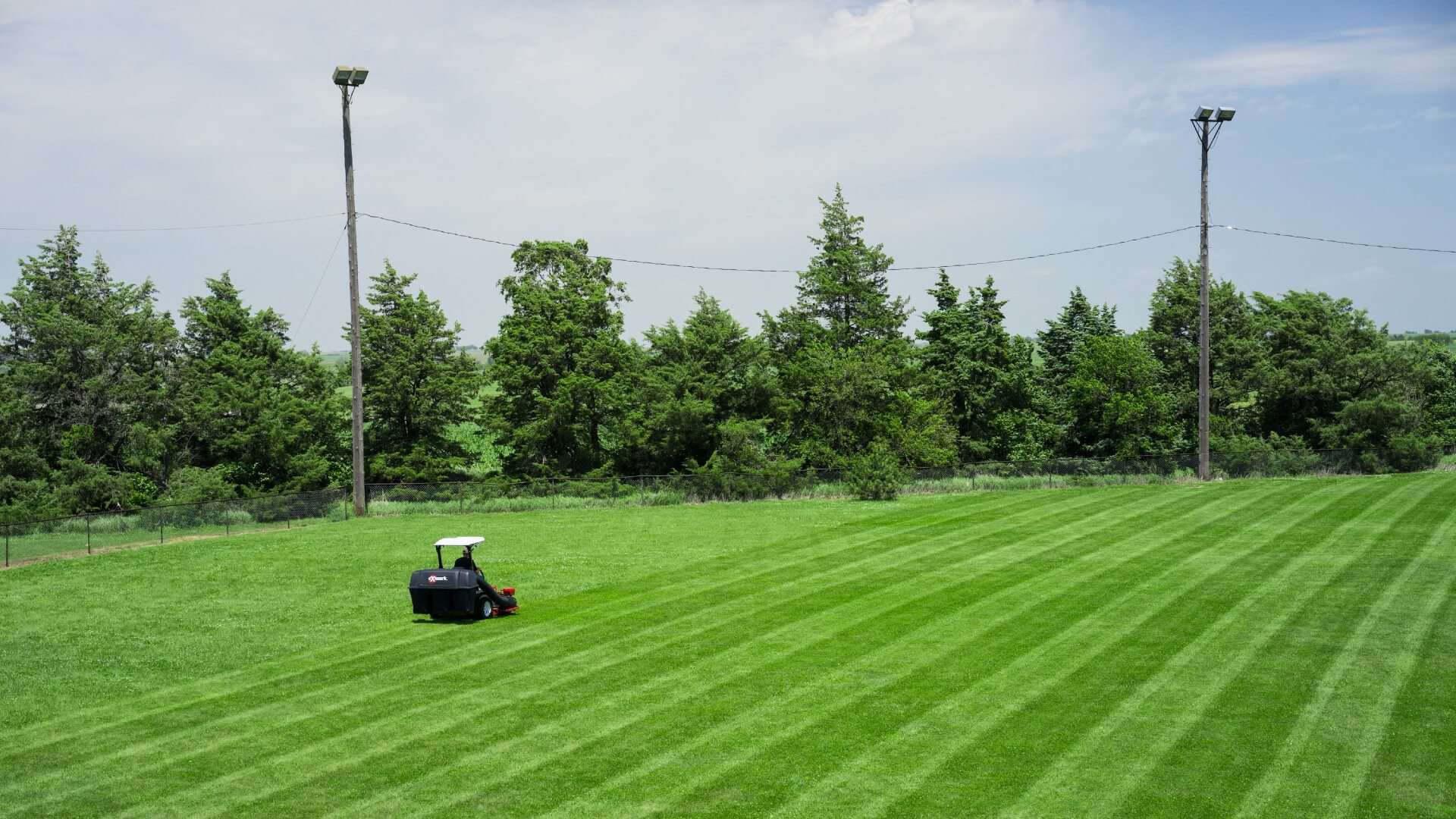
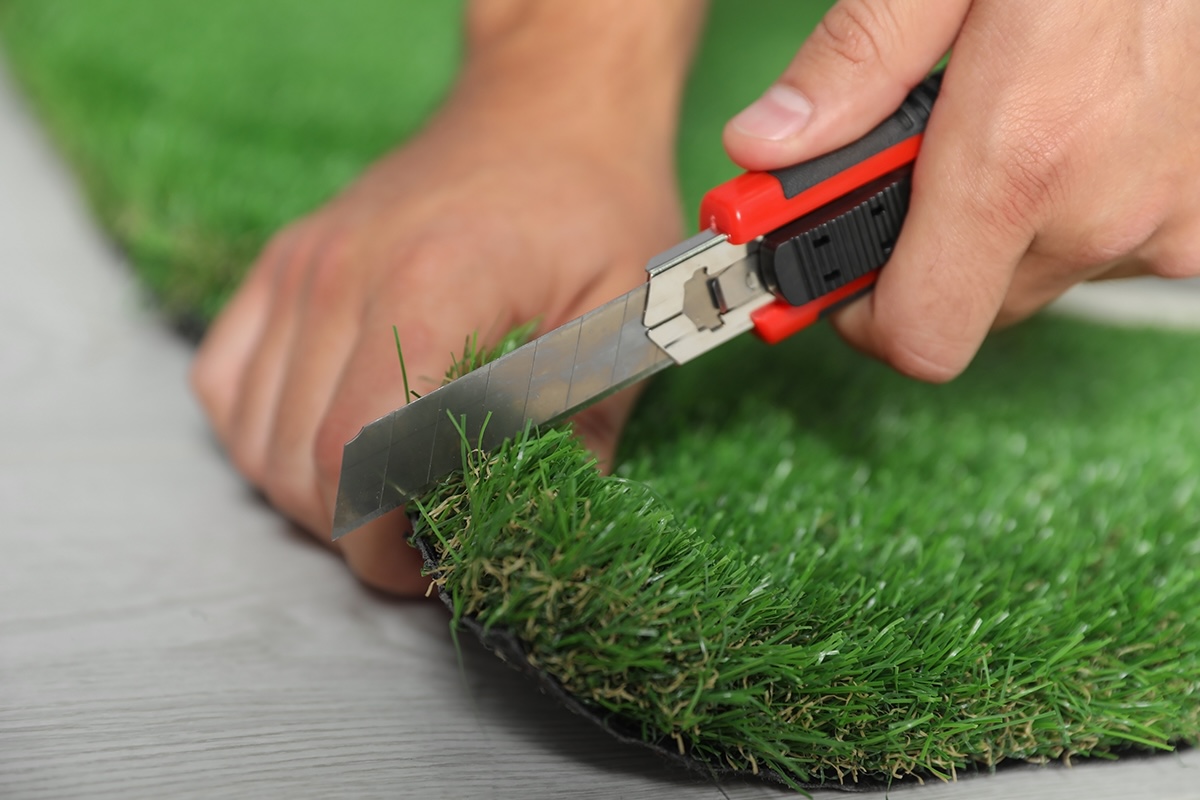
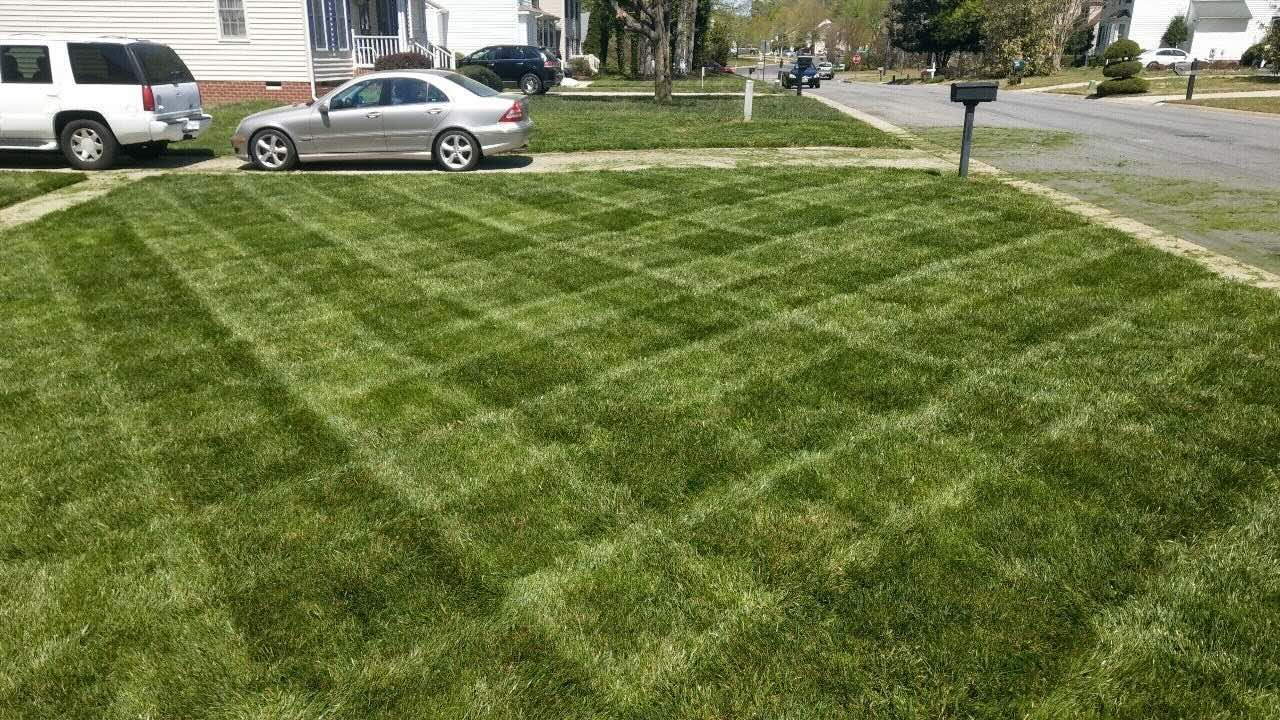
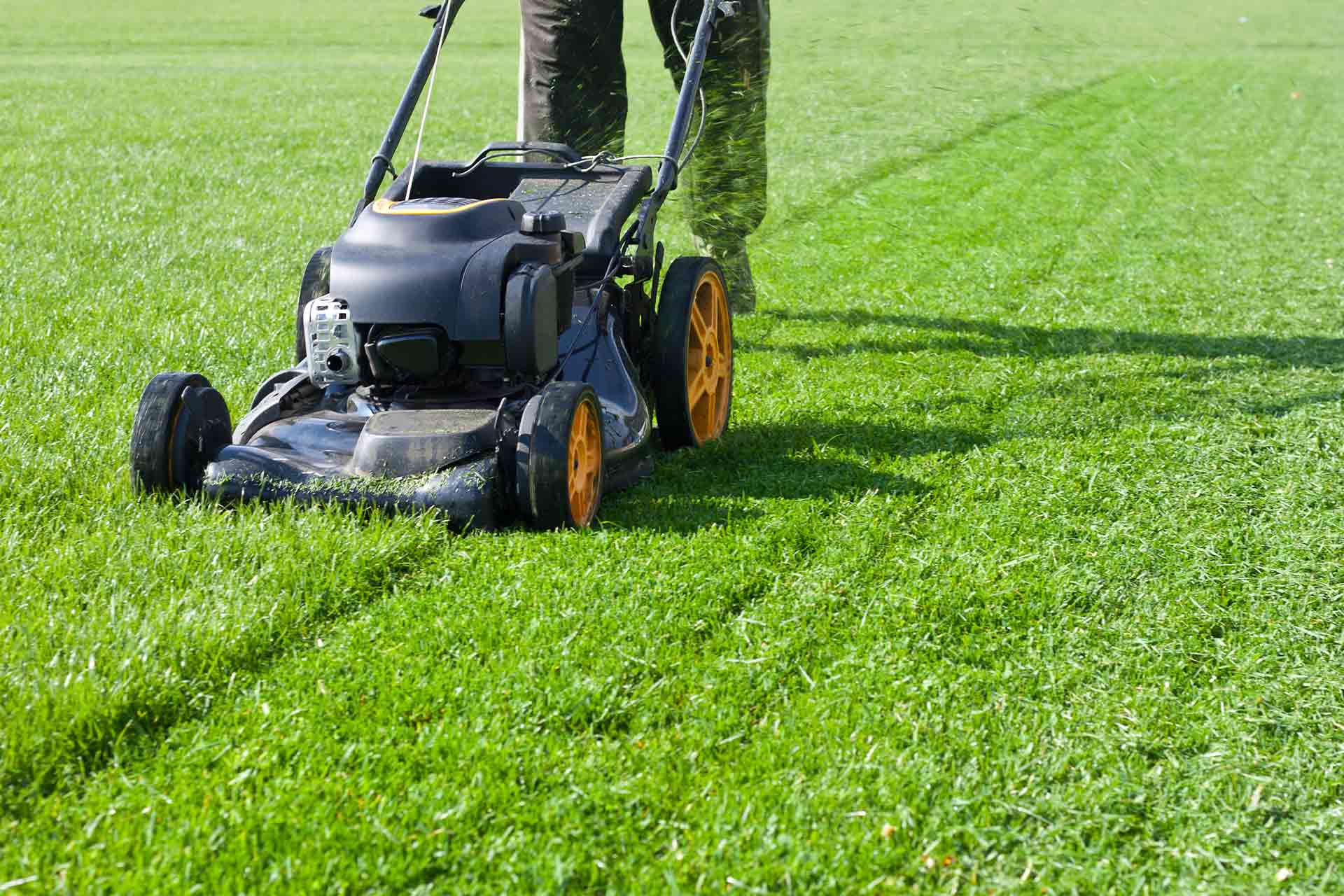
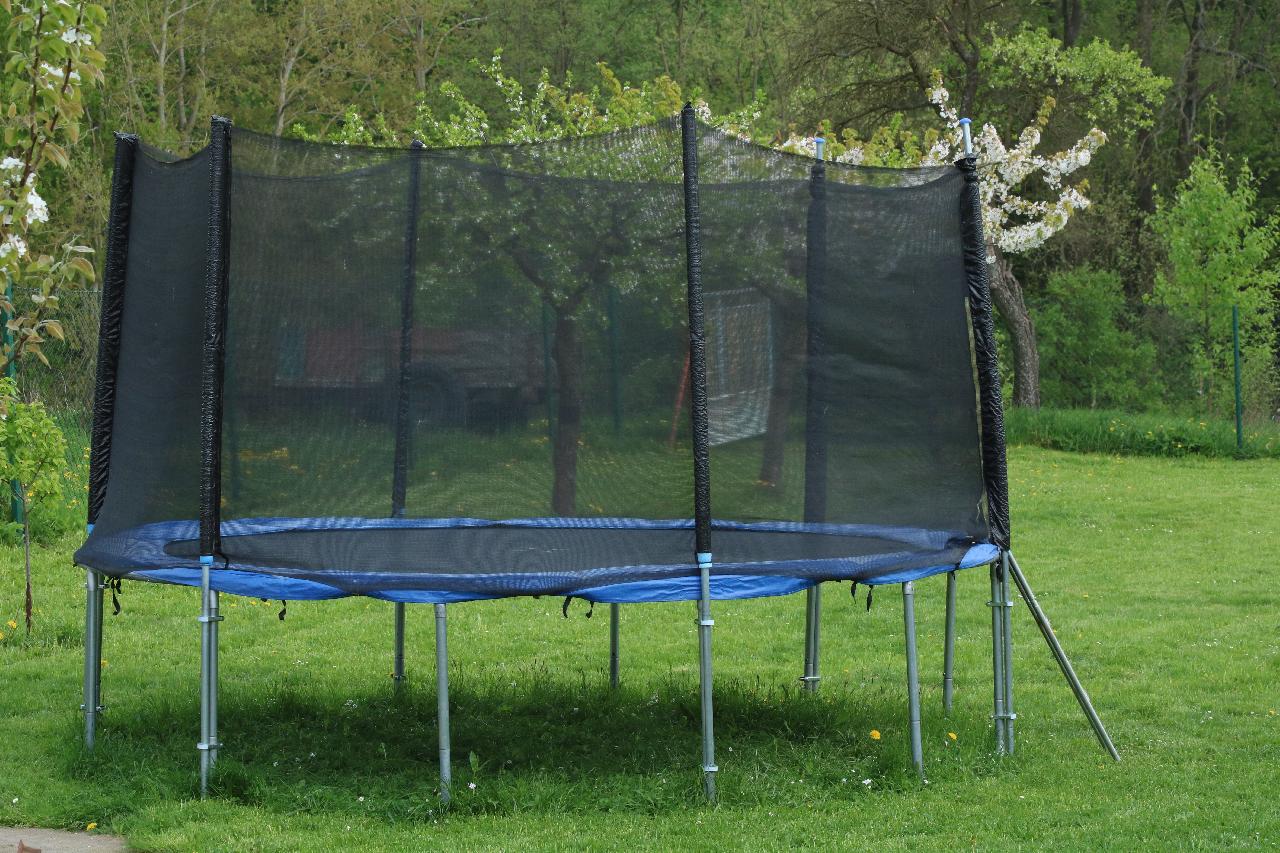
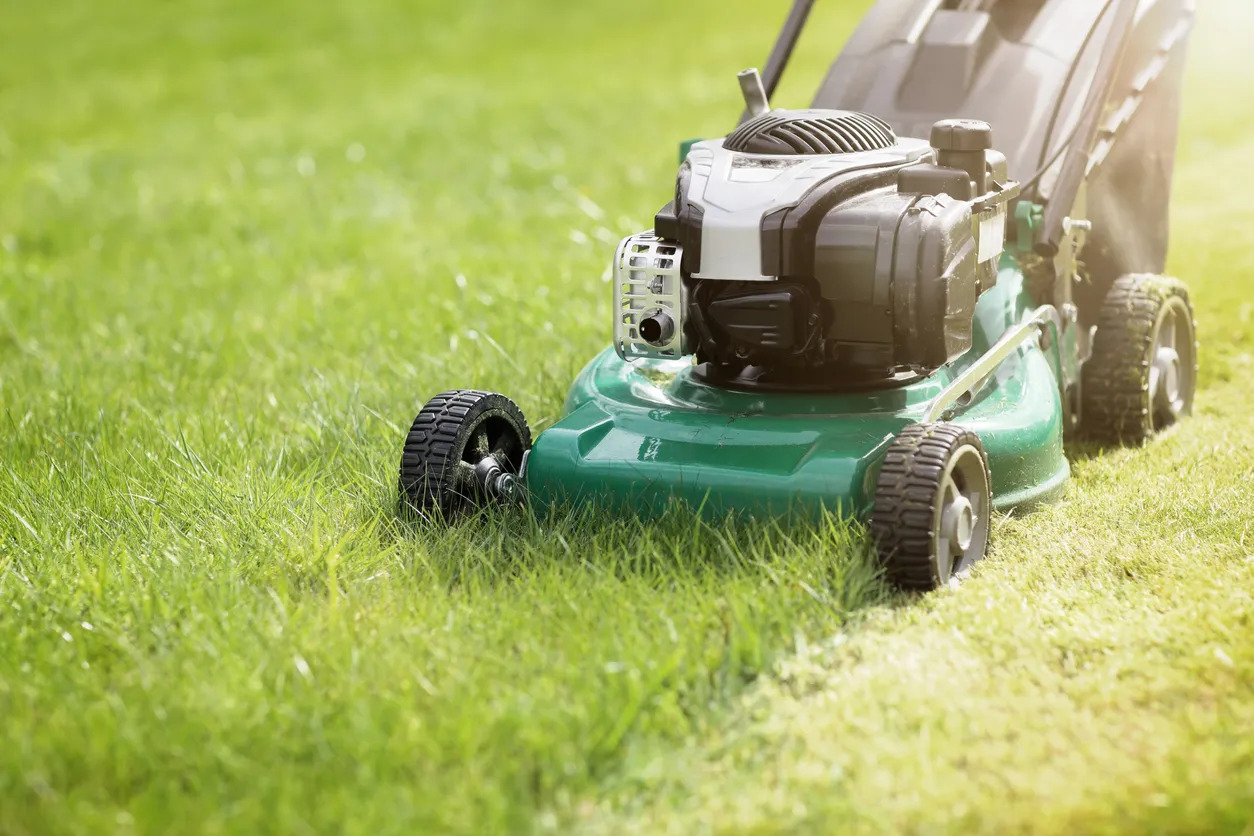
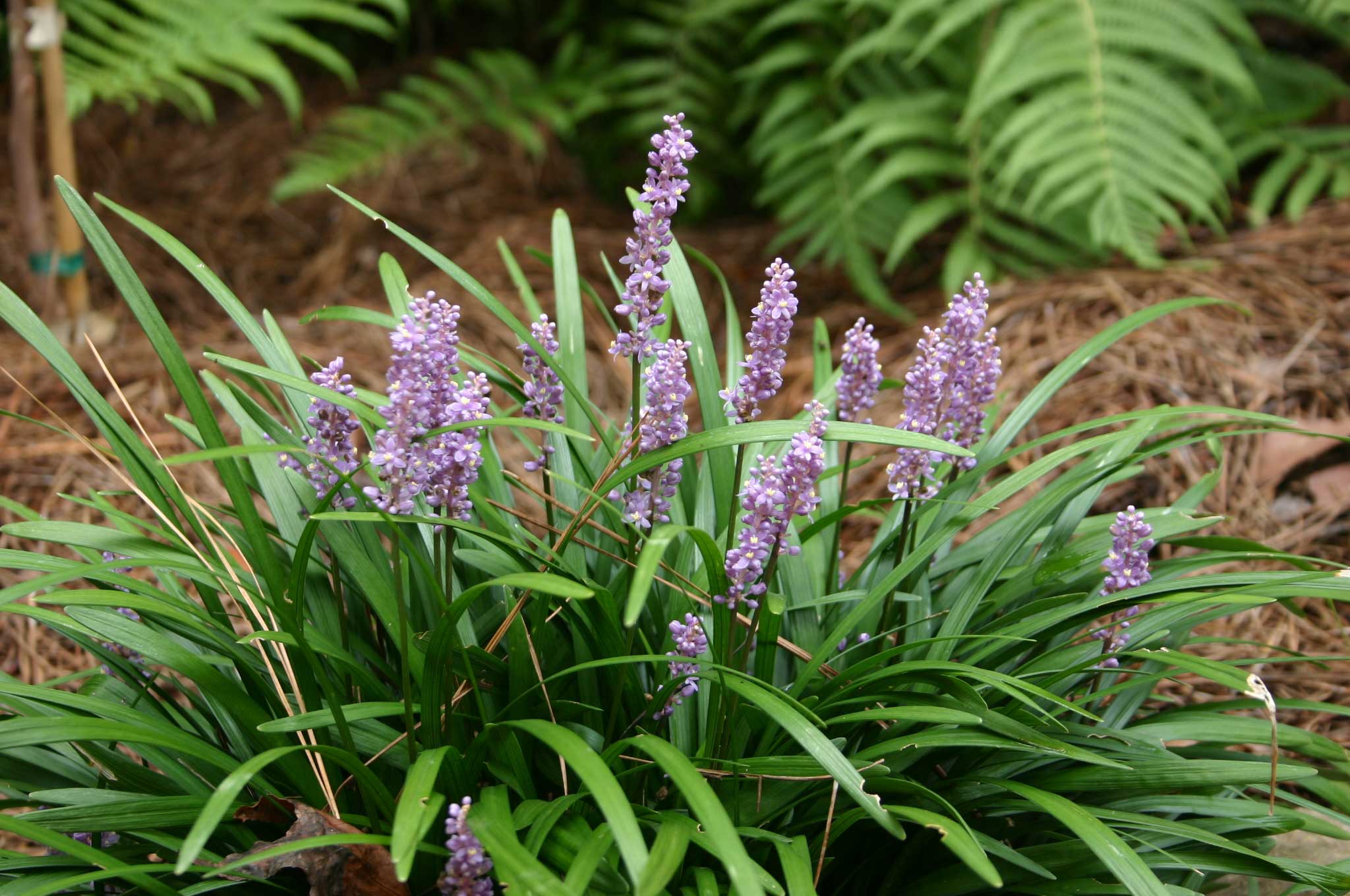


0 thoughts on “How To Say “Cut The Grass” In Spanish”